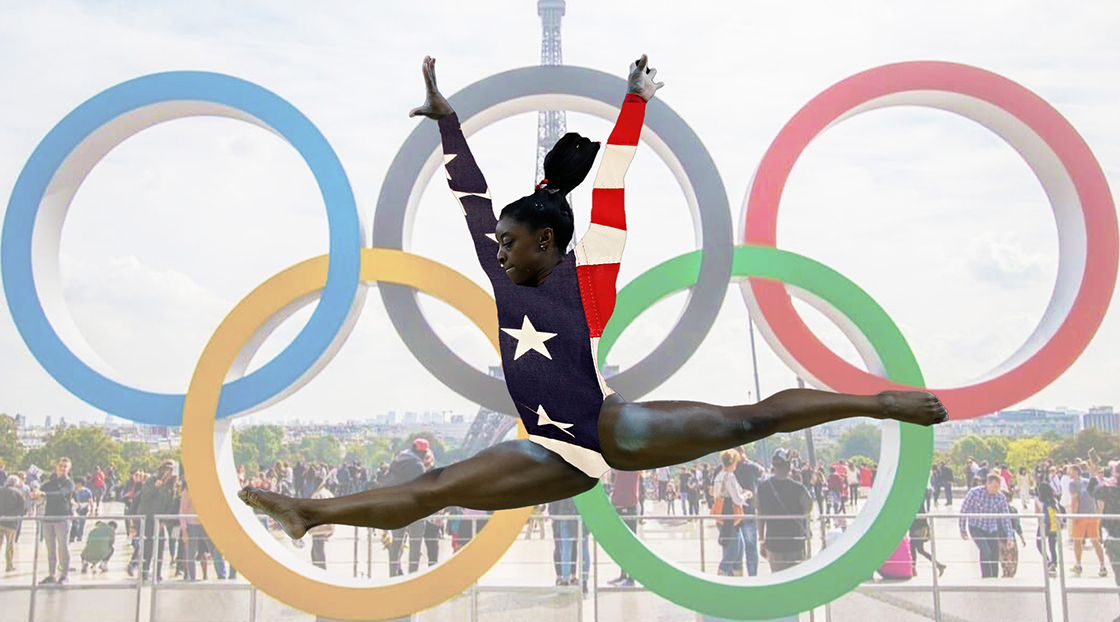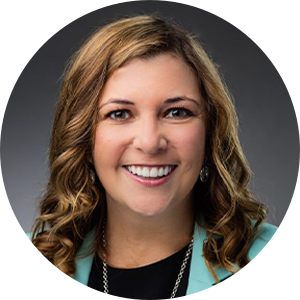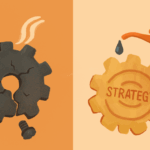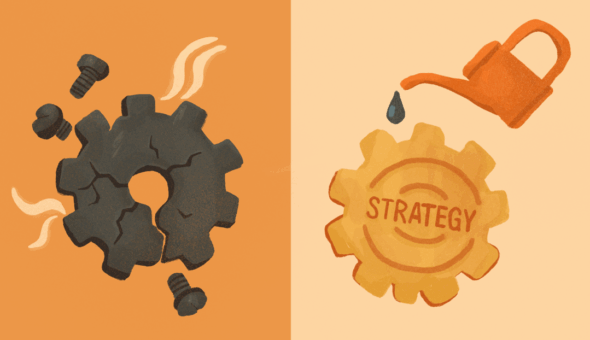Like so many, I’ve donned my red, white and blue and glued myself to the TV each night to watch the Olympics in prime time. I also wake up each morning to an Instagram feed filled with all things Olympics.
This once-every-four-years phenomenon has captured the hearts of Americans and has been the major topic of conversation for more than a week. As a higher education marketing leader, I find myself looking at the content with a more critical eye to see what learnings we might glean from the Olympics.
Here are five takeaways I think we should consider.
1. Make It Personal
There is something really special about making the moment personal. After Simone Biles won her all-around gold medal in gymnastics, she emphasized the value of the work she’s done on her mental health. This goes so much deeper than just a post about winning.
View this post on Instagram
Ilona Maher, prop center for the US women’s rugby team, has focused on showing her personality on TikTok. She’s done yoga on the infamous cardboard beds, struggled to make connections in the Olympic Village and much more. While incredibly different, both Olympians have owned the platform to tell their version of their story.
I think for higher education we need to do more of the same. Sometimes we feel pressure to be “all the things” and could learn a lesson in knowing who we are and focusing on compellingly telling that story.
Additionally, I think there’s value in giving a voice to those who can say it best: our students. When our students lead the narrative in ways that are authentic to them, it showcases the university’s collective story.
2. Capture the Raw Emotion
I love this photo of Jade Carey the morning after she helped Team USA win gold in artistic gymnastics. It felt incredibly real. You can just look at this photo and see the pure excitement.
We should find ways to harness the raw emotions of our students as well. It could be the moment a student is accepted, winning an athletic competition or a graduation moment. Show the raw emotion of the campus experience instead of overly curating everything.
Regardless of the when and the how, an emotional connection can be built with others who are seeing the content and considering the experience.
3. Go Behind the Scenes
There is something special about showing parts of the experience people can’t see on their own. As a former TV producer at an NBC affiliate, I love the behind-the-scenes glimpses of the onsite reporters. It helps me better understand their work.
As I watched this video of the gymnastics team dinner, I felt like I could be there at the end of the table eating pasta. And I can’t forget Hoda Kotb’s pictures with the Today Show crew highlighting their adventures when the cameras aren’t rolling.
For a university, this approach might translate to a behind-the-scenes look at the work that goes into a university visit or commencement day. It could also be a candid day-in-the-life video of a faculty member, administrator, student or campus speaker. There is value in showcasing things that might not normally be shown to help build connections and give people the full campus perspective.
4. Find Ways to Localize
One of my favorite posts this past week was from a library that found a way to localize the vault of Simone Biles. The staff compared the height of her vault to a stack of books written by a famous author.
Then there was TCU Athletics. The university put up billboards about Frogs in France to localize the TCU students who were competing in the games. Both of these show how a marketing team not directly tied to Paris found a way to make the Olympics relevant to their local audience.
View this post on Instagram
As higher education leaders, I think we should find ways to do this regularly. When we find those current events and tie them to campus, it can make for meaningful, but fun, conversation.
If you want to relate to the Paris discussion, you can share about a student who studied abroad, talk with a French teacher or connect with a student who has future Olympic aspirations. There are plenty of options, but I think our busy schedules prevent us from taking a minute to plan.
5. Invest in the Full Experience
The Paris organizers have focused on the full experience – food, fashion and fun – to make the 2024 Olympic Games interesting to a larger audience. Highlighting more than just the sports has increased Olympic fervor among many more people.
The Today Show realized this opportunity and brought in Ina Garten to do food segments throughout their Olympics coverage. Likewise, the CBS Morning Show produced a new package focused on the fashion of athletes and how competitive the industry is to dress U.S. athletes for the games.
Universities should take note, particularly in our communication efforts. Students are looking for the whole experience. It might not always be food and fashion, but they’re curious about things to do in the town, what the community has to offer, and what life is like outside of class. In other words, they, too, are interested in the full experience. If we can find ways to emphasize emotion and individuality in our communications, we will be helping our prospective students better understand the full experience of our educational offerings.
Although the Olympics only lasts for a few weeks, I think the lessons we can take from the coverage can help tell a broader story of our university for years.







